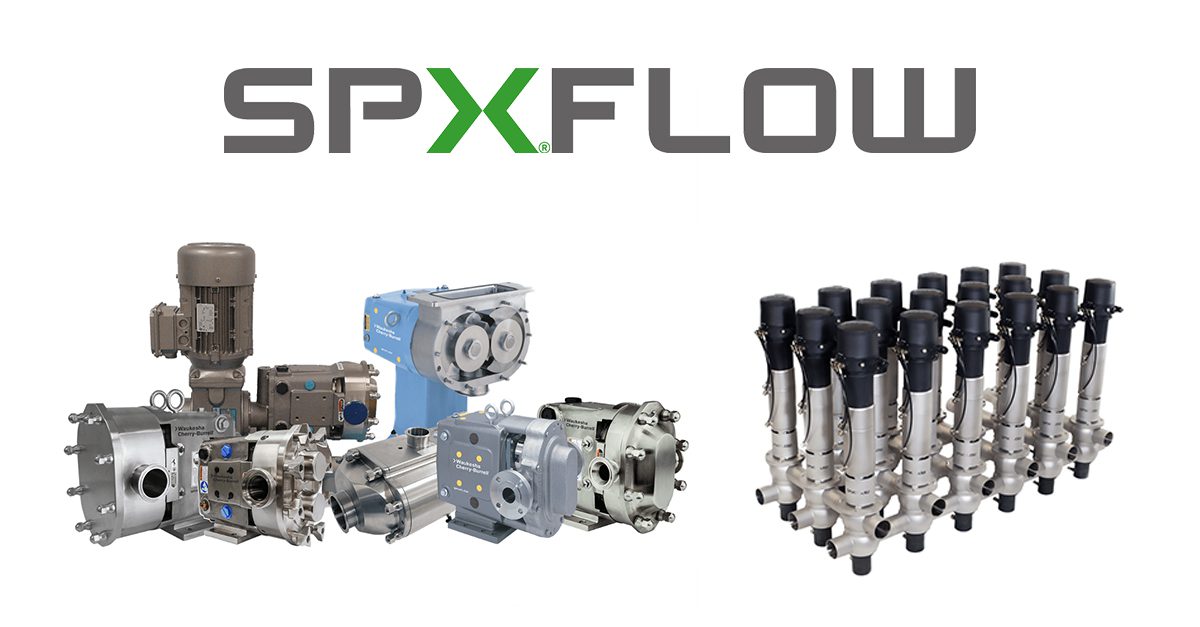Moving Processes Aseptically without Using a Hood
Have you spent time under a flow hood making difficult connections?
With the recent advent of sterile connectors in biopharmaceutical manufacturing, a great deal of emphasis has been placed on the gains in efficiency, elimination of cleaning and reduction in utilities needed in many applications. Several players (ex: Saint Gobain and Colder) have tapped into the sterile connector market as Single-Use technology continues to gain momentum. Quite simply, a sterile connection allows for the dry connection of two separate pathways, while maintaining the independent sterile integrity of both sides. Typical applications might include: the connection to a disposable bag from a bulk tank, mixing of two different types of media together or even simply entering a clean area from a non-clean environment. Sterile connections are being used in a variety of applications, spanning the full gamut of upstream and downstream processes. More often than not, the cost of a sterile connector is dwarfed by the increase in productivity associated with the product. In the past, many operators on the manufacturing floor were forced to halt production and move to a laminar flow hood to continue processing product. Biomanufacturing companies typically associate sterile connector with the use of silicone tubing.
So what’s the alternative?
Sterile tube welds are also possible to achieve the same result. Using one of several sealers in the marketplace (most notably – the C’eal Flex Sealer), the same type of connection can be made by fusing two tubes together. Essentially, the welder creates its own flow hood under plastic casing using a built-in HEPA filter. Instead of using the sterile connector coupling – the process becomes replicated by welding two tube ends together. From there, pinch clamps are released and product begins to flow again. All of this is accomplished, again, without the need to stop processes, move to a different area of the room/plant and make a connection. This type of connection is commonly associated with TPE tubing. As opposed to a silicone tube, TPE resin (such as C-Flex) allows for molding, sealing and welding.
As you can see, there is now more than one way around the utilization of a flow hood in bioprocessing. Making sterile connections on the fly allows for a number of efficiency improvements – as evidenced by the rapidly growing trend in the biopharmaceutical/biotech industry.








